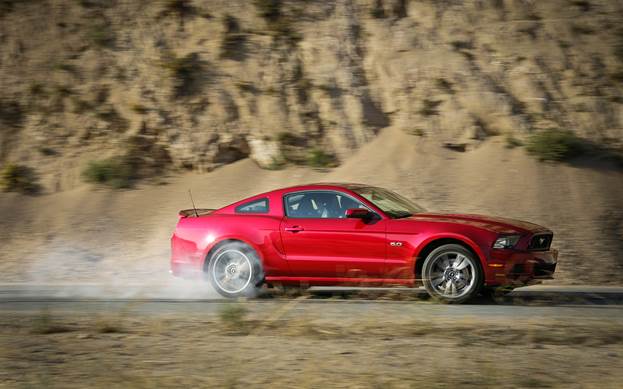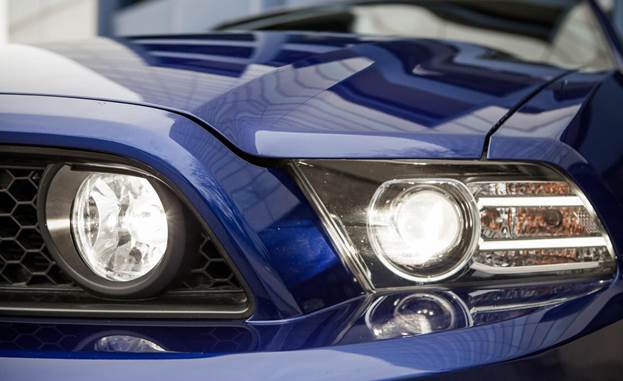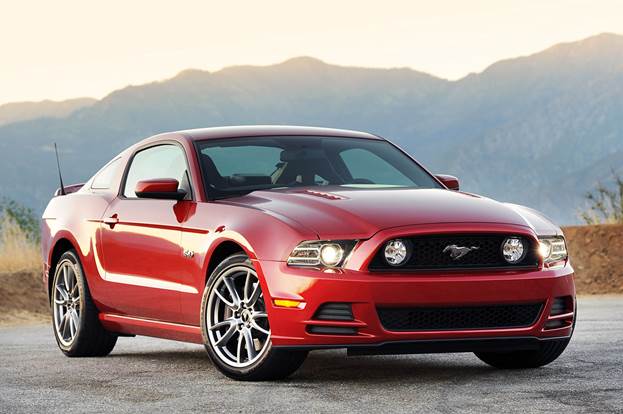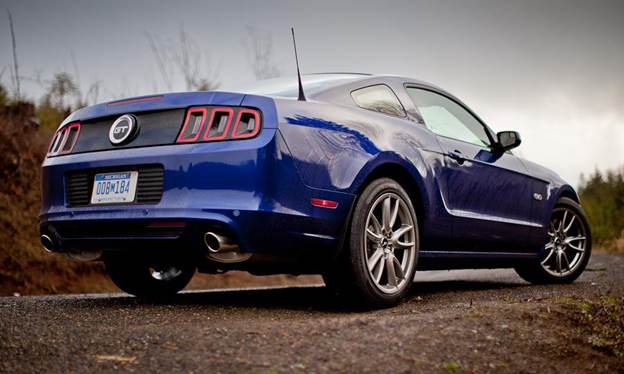A chassis squeak developed before the third service. If we didn’t have to drive over four large “sleeping policemen” to get to C/D’s Galactic Headquarters every morning, the squeaks might have gone unnoticed; perhaps they never would have appeared. The dealer confirmed the noise and ordered new control arms for the front struts, complete with noise-free bushings. It took two months for the parts to arrive.

At the final, 40,000-mile service, the dealer opted to not change the cabin filter because it wasn’t dirty. Four services totaling $362 isn’t too painful, but if we owned the car, we would probably stop dollar for oil changes after the 60,000-mile powertrain warranty expired.
Living with a car for more than a year, we discover things we might not in a one- or two-day drive. For example, the Premium package includes ambient lights, console lights, and cup-holder lights, which can be customized to any one of 125 different colors. This fairly gimmicky feature normally wouldn’t warrant a mention, but even in their dimmest setting, the lights are too bright, reflect off the windshield at night, and, in general, adversely affect night vision.
The cup-holder location, lights or not, couldn’t be less appealing. The two-hole, molded-in holder is located just aft of the shifter beside the parking brake. That’s premium real estate, and with a drink nestled in, there is nowhere for the driver to rest a right arm during long hauls.

After we installed a set of Bridgestone Blizzak LM-60 winter tires for the snowy months ($936 plus installation), executive editor Aaron Robinson noted that “the old biases about rear-drive being death in the snow are just rear-drive being death in the snow are just that: biases”. The Blizzaks inspired confidence, even if last winter was mild by Michigan standards.
After winter, we reinstalled the Pirellis that came on the car. They wore out, however, at 25,000 miles, so we fit a new set before exposing the GT to its final batch of tests. Each of these P Zeros costs $326, which might entice Mustang owners to replace them with cheaper rubber. Their price is perhaps influenced by the fact that the same P Zero is a Mercedes-Benz-spec tire that appeared on the 2007 S550.

Fresh rubber raised the Stang’s skidpad grip from 0.89g to 0.94 and reduced the 70-to-zero braking distance by a yard, to 166 feet. Acceleration was nearly identical to the initial testing. The quarter-mile time grew 0.1 second and the trap speed fell 2 mph, to 109, indicating that the engine might have lost a pony or two over 40,000 miles.
We averaged 19 miles per gallon, which happens to be the EPA’s combined fuel-economy estimate. We accumulated the majority of those miles on daily commutes. Editors stayed away from long trips because of the limited highway range of about 300 miles from 16 gallons of fuel, though the car did travel to Florida, New York, and Minnesota, and to North Carolina where Morse Measurements did its reverse engineering. While the fuel-filler flap is mute on the subject, the Mustang’s owner’s manual calls for premium fuel to achieve maximum power and performance. Pumping premium throughout this test added more than $500 to the Mustang’s operating cost.

A few warranty claims notwithstanding, the GT felt as strong and looked as good when it left us as it did when it arrived. Let’s hope the solid axle wasn’t the thing keeping the Mustang franchise alive for 50 years, because the sixth-gen car ditches it for an independent rear suspension. Say, Ford – can we try one of those for 40,000 miles, too?
Specs Price: $31,095 Vehicle type: front-engine, rear-wheel-drive, 4-passenger, 2-door coupe Engine type: DOHC 32-valve V-8, aluminum block and heads, port fuel injection Power: 420 hp @ 6500 rpm Torque: 390 lb-ft @ 4250 rpm Transmission: 6-speed manual Weight: 3650lb 0-60mph: 4.5sec Top speed: 147mph EPA: 15/26mpg |